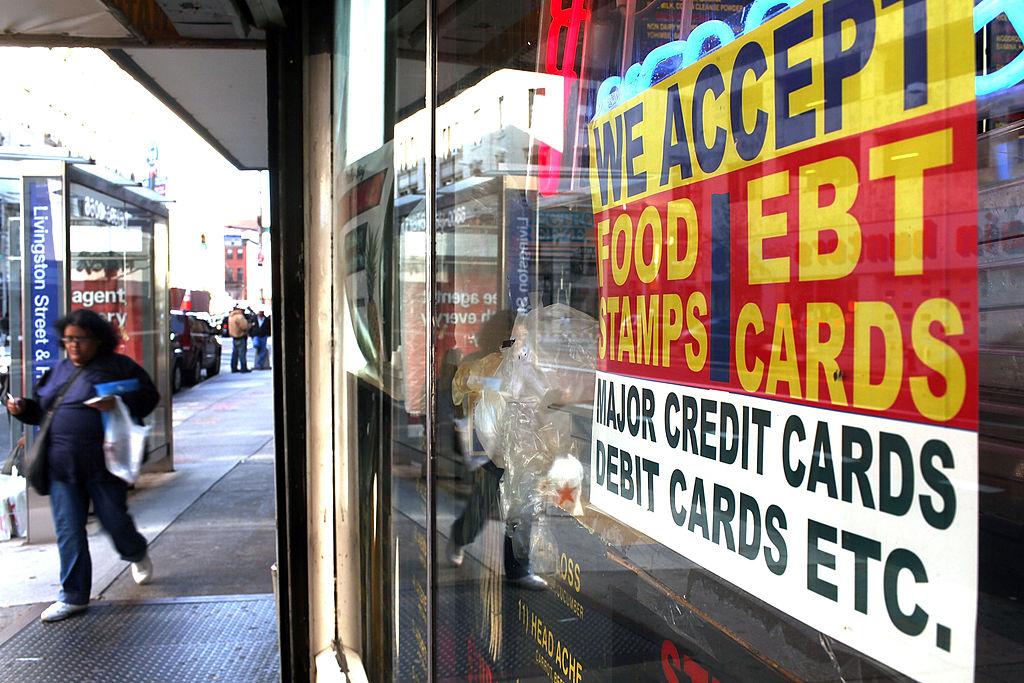Almost 2 out of 3 non-citizen households in the United States receive some form of welfare, according to a report released by the Center for Immigration Studies (CIS).
The report, released Dec. 2, found 63 percent of non-citizen households in the United States tap at least one welfare program, compared with 35 percent of native households. The findings are based on the Census Bureau’s latest 2014 Survey of Income and Program Participation.


